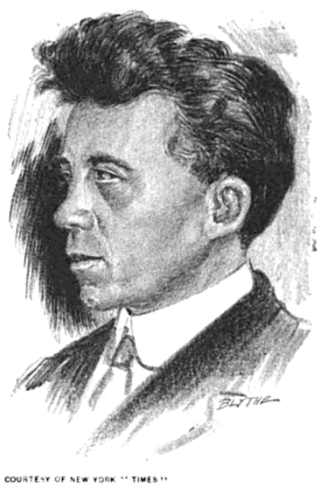Canadian Arctic Expedition, 1913–1916
Scientific expedition in the Arctic Circle From Wikipedia, the free encyclopedia
The Canadian Arctic Expedition 1913–1916 was a scientific expedition in the Arctic Circle organized and led by Vilhjalmur Stefansson.[1] The expedition was originally to be sponsored by the (US) National Geographic Society and the American Museum of Natural History. Canada took over the sponsorship because of the potential for discovery of new land and Stefansson, who though born in Canada was now an American, re-established his Canadian citizenship. The expedition was divided into a Northern Party led by Stefansson, and a Southern Party led by R M. Anderson.
This article includes a list of general references, but it lacks sufficient corresponding inline citations. (July 2009) |


Northern Party
The objective of the Northern Party was to explore for new land north and west of the known lands of the Canadian Arctic. At this time the possible existence of large undiscovered land masses, comparable to the Canadian Arctic islands or even a small continent, was scientifically plausible. The approach of the Northern Party, besides simply going out and looking for land, was a program of through-ice depth soundings to map the edge of the continental shelf. Meteorological, magnetic, and marine biological investigations were also planned.
Southern Party
The objective of the Southern Party was scientific documentation of the geography, geology, resources, wildlife, and people of the Mackenzie River delta and adjacent regions of Canada between Cape Parry and the Kent Peninsula, for about 100 mi (160 km) inland, and southern and eastern Victoria Island. Copper deposits and trade routes were of particular interest.
Expedition
1913 was a particularly bad year for Arctic navigation. All of the expedition ships were frozen in before they could reach their initial destination of Herschel Island. The principal ship of the expedition, the Karluk, was carried off and eventually crushed by the ice, leading to the loss of eleven lives before a famous rescue.
Most of the Southern Party had travelled in other ships of the expedition, and Stefansson left the Karluk with a party of five before the ship was carried off. Stefansson promptly purchased a small schooner, the North Star, reconstituted the Northern Party with local hires and resumed exploring. Only one of the fourteen Karluk survivors rejoined the expedition.
The expedition purchased another ship, the Polar Bear, in 1915. The Southern Party remained in the North through the summer of 1916, exploring and mapping as far east as Bathurst Inlet. Some members of the Northern Party continued exploring through 1918.
Results and legacy
The expedition discovered land previously unknown even to the Inuit [2] (including Brock, Mackenzie King, Borden, Meighen, Lougheed and Stefansson Islands),[3] produced valuable data, and launched the careers of several explorers and scientists. The controversies it engendered persisted for decades.
See also
References
Sources
Further reading
External links
Wikiwand - on
Seamless Wikipedia browsing. On steroids.
